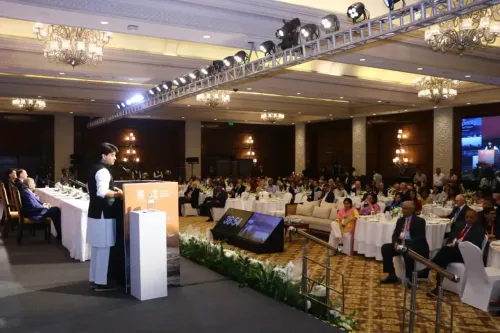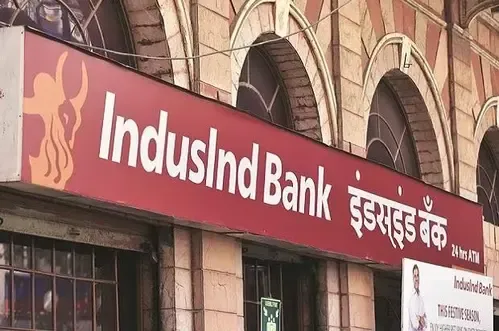What Drives India's Warehouse Demand with a 42% YoY Growth in H1 2025?

Synopsis
Key Takeaways
- 42% YoY growth in India's warehousing leasing volumes.
- Manufacturing sector accounts for 45% of transactions.
- Grade A facilities now make up 63% of leased space.
- Vacancy rates have decreased to 12.1%.
- Mumbai and Pune are leading in demand.
New Delhi, Aug 14 (NationPress) The warehousing sector in India has witnessed an impressive 42% Year-on-Year (YoY) increase in leasing activity, reaching 32.1 million square feet (mn sq ft) across the top eight markets during the first half of 2025 (H1 2025), according to a report released on Thursday.
This significant uptick can be attributed to the manufacturing sector, which experienced a remarkable 71% YoY growth in space absorption, making up 45% of the overall transactions. This information comes from Knight Frank, a renowned global property consultancy, in their latest findings.
The report also highlights a trend towards higher quality facilities, with 63% of the leased space classified as Grade A, an increase from 54% in the previous year.
Overall, the national stock surpassed 500 mn sq ft in H1 2025, with Grade A assets comprising 75% of the new supply. Additionally, vacancy rates decreased from 13.1% to 12.1% as demand outpaced supply, as stated in the report.
The manufacturing sector stood out as the primary occupier, accounting for 45% of total transactions, a notable increase compared to earlier periods.
Leasing in this sector reached 14.6 mn sq ft, marking a 71% YoY increase in H1 2025. Notably, Mumbai and Pune together absorbed 44% of this space, driven by key players such as SKS Fasteners, RenewSys India, Godrej and Boyce, and Lupin, as noted in the report.
Third-party logistics (3PL) companies took up 8.7 mn sq ft (making up 27% of the market share), reflecting a 30% YoY growth, with Mumbai accounting for 35% of the sector’s transaction volume, followed by NCR and Pune.
While the e-commerce sector is no longer the leading player, it made a robust comeback with 3.3 mn sq ft, marking a 61% increase from the previous year and now representing 10% of the total activity, according to the report.
“The substantial increase in transaction volumes within the industrial and warehousing sectors showcases the robust growth of India's manufacturing and consumption landscape. The 71% YoY rise in manufacturing-driven activity underscores the country’s emergence as a key production hub amidst global shifts,” stated Shishir Baijal, Chairman and Managing Director of Knight Frank India.
The report indicated that transaction activity rose in all cities except Kolkata.
Mumbai led with 7.5 mn sq ft, reflecting a 63% YoY increase. Pune and Chennai saw growth rates of 76% and 135%, respectively, while the Ahmedabad market reached a record half-yearly total of 3.6 mn sq ft.
Similarly, Bengaluru experienced a 72% YoY growth, with 65% of its leasing volume driven by manufacturing sector tenants—marking the highest share for the city since H1 2023, according to the report.









